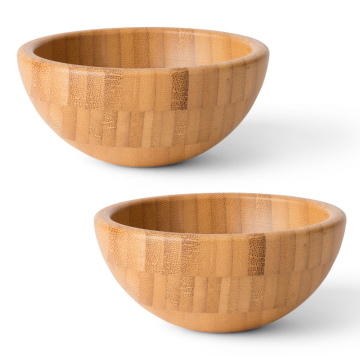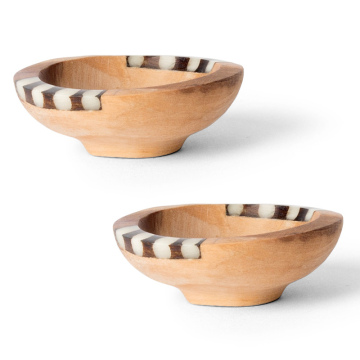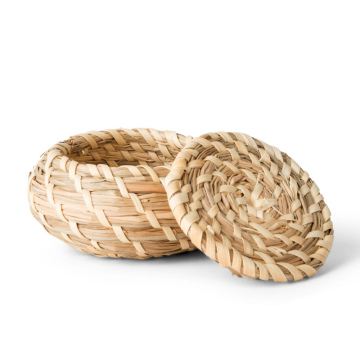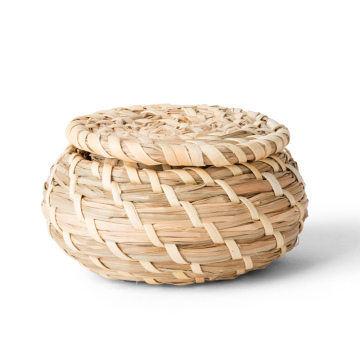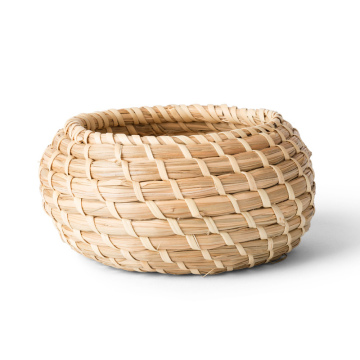Slurping Happiness: A Flavorful Udon Journey in Japan
The Cultural Significance of Udon in Japan
Udon, a type of thick wheat noodle, has a profound cultural significance in Japanese society, reflecting both historical roots and culinary evolution. Its origins can be traced back to ancient China, with the first mentions of udon appearing in Japan during the Nara period (710-794). Initially adopted as a luxury item for the elite, udon has gradually transformed into a beloved staple that permeates various levels of Japanese cuisine. Today, it plays a central role in traditional meals, often served in a variety of broths and accompanied by diverse toppings that showcase regional ingredients.
The versatility of udon makes it suitable for numerous culinary occasions, as it can be enjoyed hot in soup or cold with dipping sauces, reflecting the diverse climate and regional specialties of Japan. In addition to its widespread consumption, udon is often present during traditional Japanese festivities. Events such as New Year’s celebrations commonly feature dishes that incorporate udon, symbolizing longevity and prosperity. This ties into the wider cultural reverence for food as a means of nurturing relationships and honoring traditions.
Moreover, udon embodies Japanese hospitality. It is commonly served to guests during gatherings, highlighting the community aspect of sharing a meal. This interactive culinary experience is enhanced by the practice of slurping, which is not merely a manner of eating but a respectful expression of enjoyment. In the context of Japanese dining etiquette, slurping noodles is seen as an affirmation of flavor and a compliment to the chef’s craft.
Ultimately, the cultural significance of udon in Japan extends beyond sustenance. It embodies a rich tapestry of history, regional pride, and culinary artistry, making it not just a food, but an integral part of Japanese identity and social fabric.
Exploring Regional Variations of Udon
Udon, a beloved Japanese noodle dish, showcases an impressive range of regional variations that reflect the rich culinary traditions found throughout Japan. Each locality presents its unique interpretation, drawing on local ingredients and customs that distinguish one udon style from another. For instance, Kagawa Prefecture is famously known for Sanuki udon, characterized by its thick and chewy texture. The region's climate and the quality of local wheat contribute to the noodles' robust flavor, making them a must-try for anyone visiting this area. Sanuki udon is often served simply, with a light soy-based sauce, or alongside tempura for a delightful contrast.
Moving to the Kansai region, particularly in Kyoto, one encounters a more elegant approach to udon. Here, the noodles are often thinner and smoother, allowing them to absorb the delicate flavors of the broth in which they are served. Kyoto-style udon is frequently enjoyed in a rich, yet subdued dashi broth made from kombu (kelp) and katsuobushi (smoked bonito), complemented by toppings that are locally sourced and seasonally inspired. Visitors might consider sampling yudofu udon, featuring tofu, which ties back to the city’s legacy as a center for tofu production.
In the northern region of Akita, the local udon, known as Inaniwa udon, sets itself apart with its hand-stretched preparation method, resulting in exceptionally thin, smooth noodles. The subtle flavor of Inaniwa udon pairs beautifully with both hot and cold dishes, showcasing the versatility of this elegant noodle. For an authentic culinary experience, many restaurants around the area such as the historic Inaniwa Udon Village offer authentic versions of this delightful dish, making it an ideal stop for udon enthusiasts.
These are just a few examples, and as one travels across Japan, each prefecture reveals its signature brands and styles of udon, all rooted in the local culture and culinary history. The exploration of these regional variations of udon not only highlights the differences in taste and texture but also invites travelers to culinary experience the diverse richness of Japanese gastronomy.
A Guide to Udon Toppings and Broths
When it comes to enjoying udon, the toppings and broths you choose can dramatically transform a simple bowl into a gourmet delight. Traditional udon is typically served in a hot broth, which serves as the foundation for the dish. Commonly, the broth is made with a soy sauce base, often enriched with ingredients like dashi, a Japanese stock made from kelp and bonito flakes, providing depth and umami. Lighter, salt-based broths are also popular, offering a more subtle flavor that allows the udon and toppings to shine.
Among the myriad of toppings available, tempura remains a quintessential choice. This crispy fried addition often includes ingredients like tempura shrimp or seasonal vegetables, which bring both texture and a satisfying crunch to the dish. Green onions are another ubiquitous garnish that adds a fresh and slightly pungent bite, balancing the richness of the broth. Fish cakes, known as kamaboko, are also frequently seen in udon bowls. These tubular slices can vary in flavor, from plain white to colorful versions with added ingredients like squid or vegetables.
While traditional toppings are beloved, modern variations are gaining popularity. Gourmet options such as truffle oil, avocado, or even pulled pork can provide a contemporary twist to the classic udon culinary experience. When crafting your udon, consider your personal flavor preferences and how different ingredients might complement one another. Spicy options, such as ichimi togarashi (red chili pepper), can add heat, while ingredients like soft-boiled eggs contribute creaminess. Ultimately, the beauty of udon lies in its versatility, allowing one to customize the bowl to suit individual tastes while celebrating the rich culinary heritage of Japan.
Authentic Udon Experiences: Where to Slurp in Japan
For those keen on experiencing authentic udon, Japan offers a plethora of establishments ranging from high-end restaurants to charming local eateries that excel in this beloved dish. One renowned option for udon enthusiasts is the famed Sanuki Udon in Kagawa Prefecture. Known for its chewy yet tender texture, this udon variety is best paired with tempura. Visitors are encouraged to try the “kamatama udon,” a dish served with a raw egg and soy sauce, offering a mouthwatering experience that epitomizes the essence of authentic udon.
In Tokyo, “Mizutaki Udon Nishikawa” stands out as a top-notch udon shop. This restaurant is celebrated for its unique broth made from a rich blend of chicken and fish. Guests can enjoy the atmosphere adorned with traditional Japanese décor while sipping freshly made udon. The recommendation here is the “torikotsu udon,” a popular item featuring a creamy chicken broth, which is a significant favorite among patrons. Moreover, the shop's dedication to high-quality ingredients enhances the overall dining experience.
For those interested in a hidden gem, “Kane-san” in rural Okayama is a must-visit. This quaint eatery is run by a family that has been serving authentic udon for generations. They offer a variety of seasonal flavors, and the tranquility of their garden setting complements the dining adventure. Visitors should not miss their specialty, “yaki udon,” which is pan-fried and served with seasonal vegetables and a hint of soy sauce, providing a delightful twist on the traditional offering.
To further immerse oneself in the world of udon, one can attend various udon festivals held throughout Japan, such as the “Udon Festival” in Sanuki, where visitors can learn about the art of udon-making, sample various dishes, and enjoy udon-related activities. These events are a celebration of the culture surrounding udon, making them an essential addition to any culinary itinerary focused on this cherished dish.



